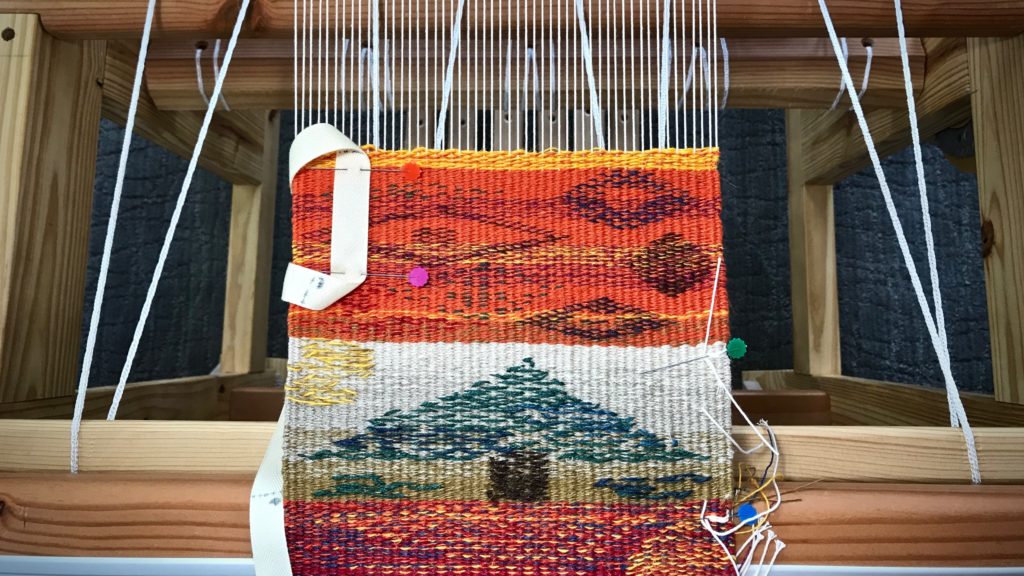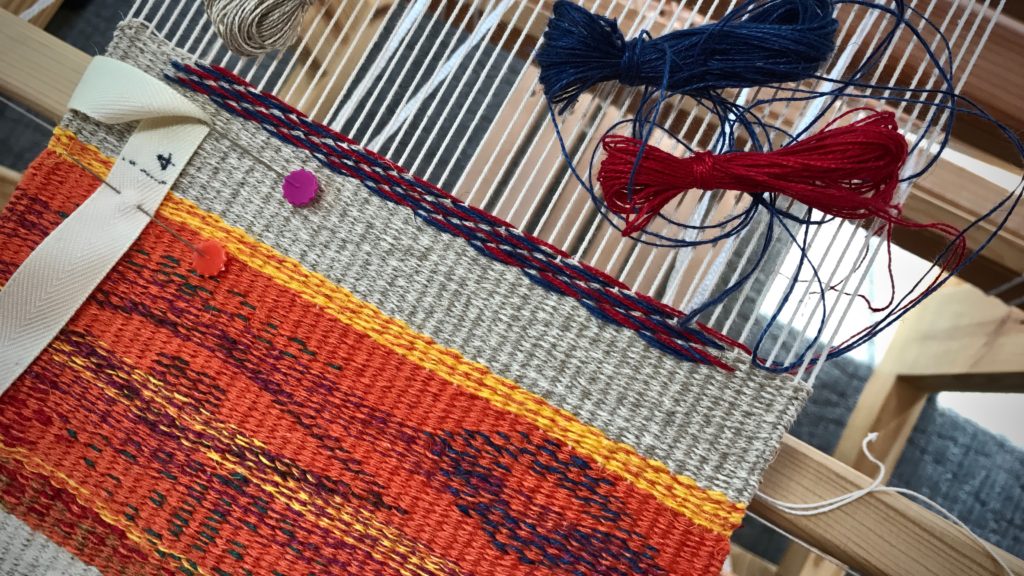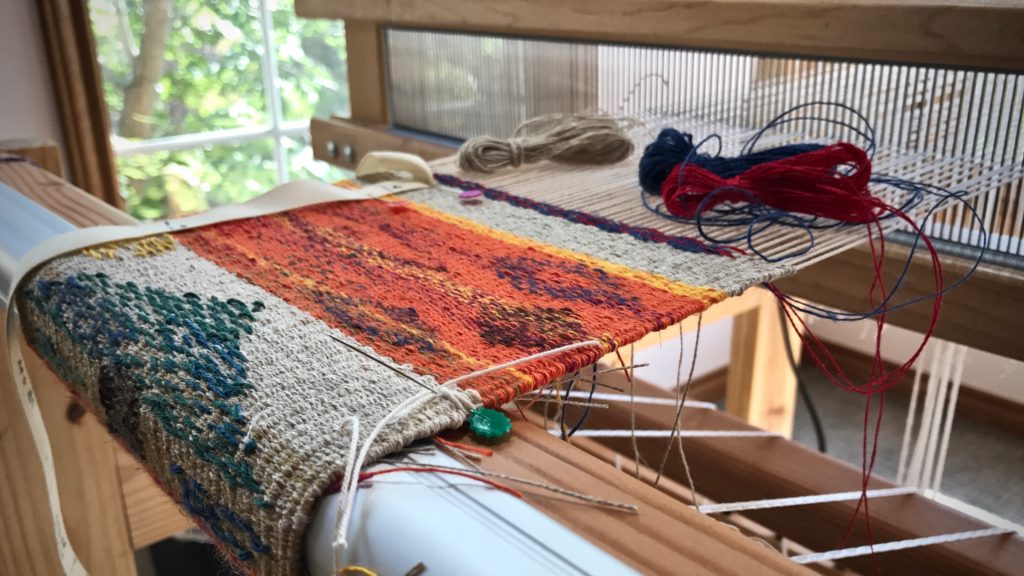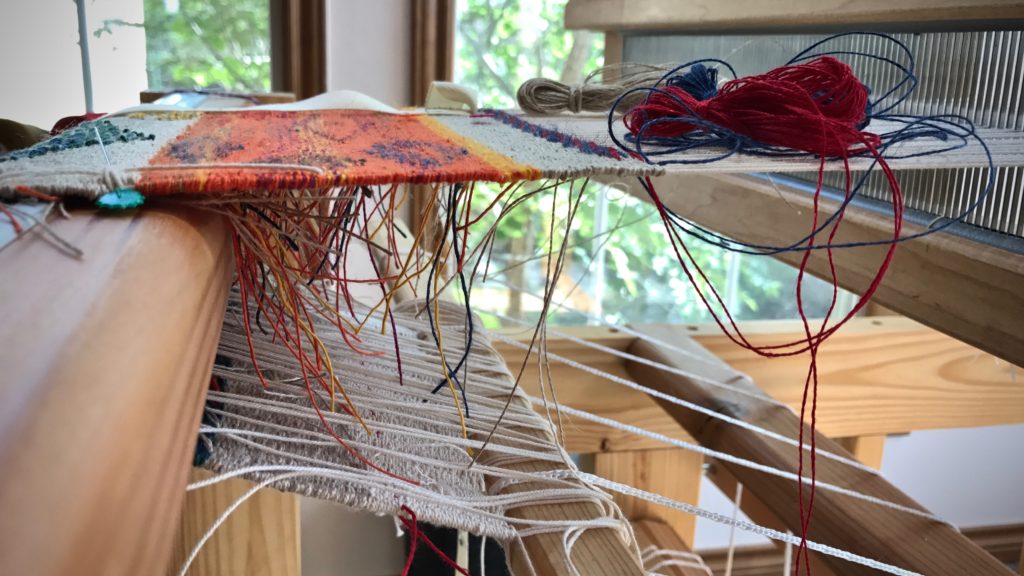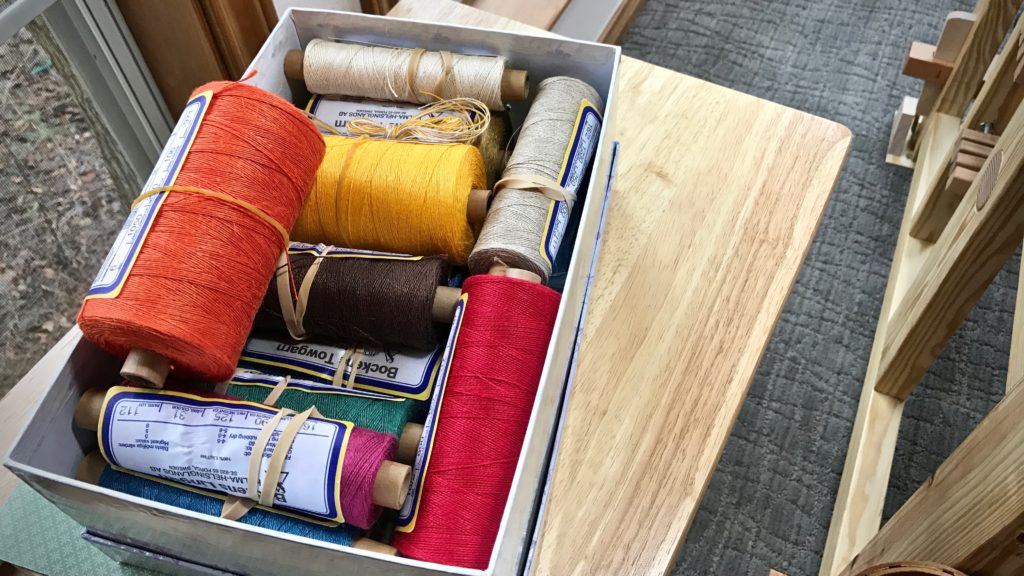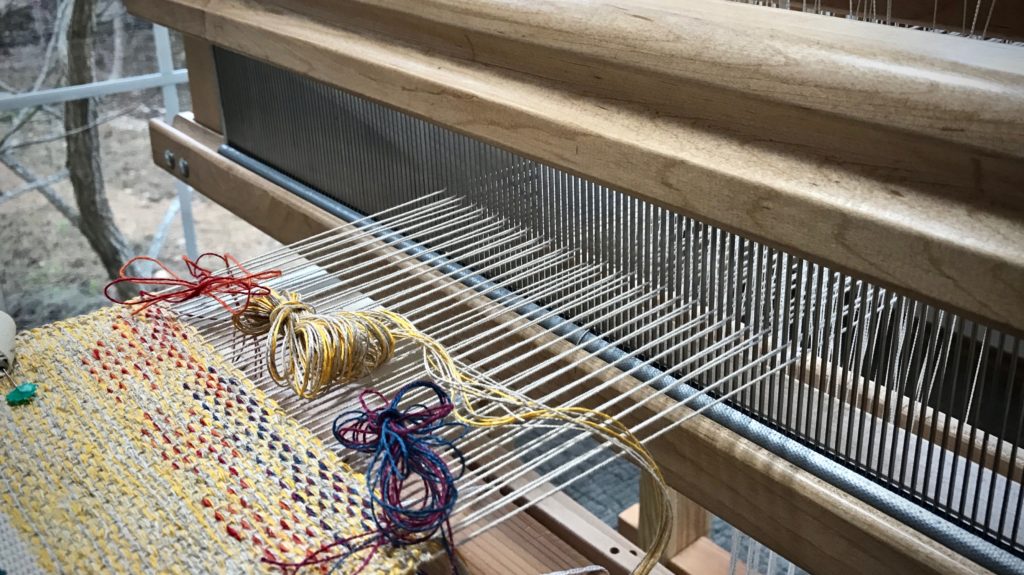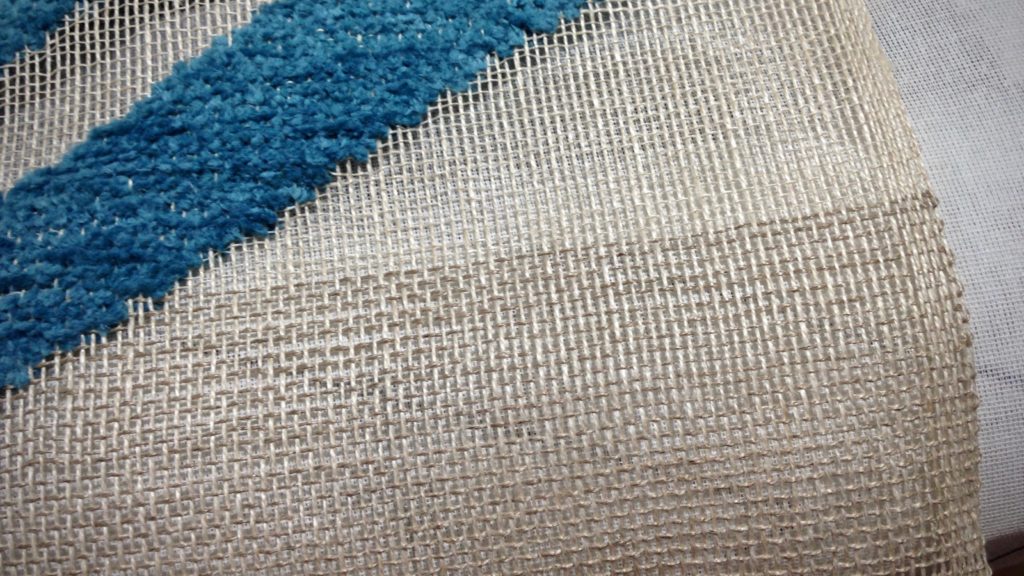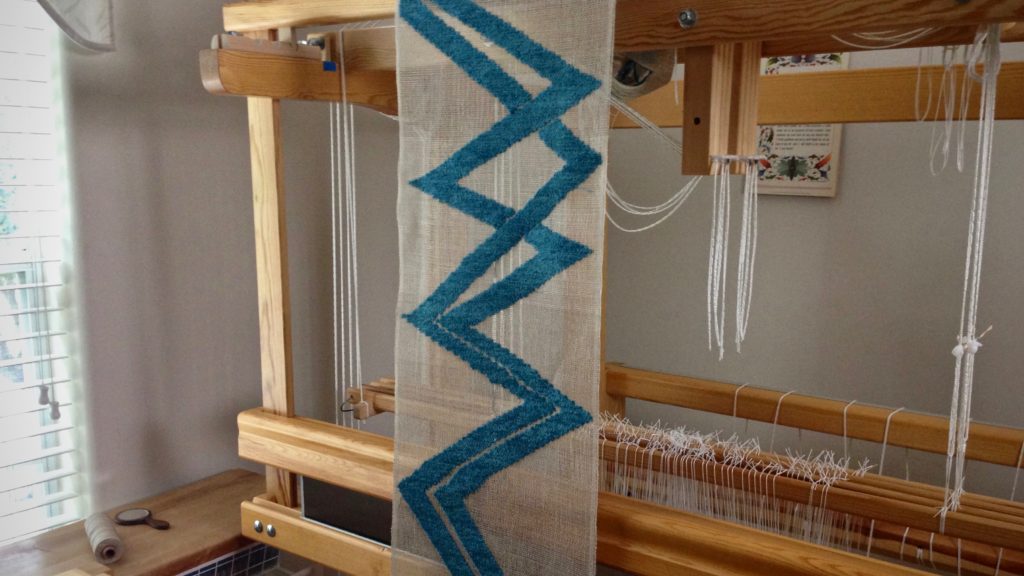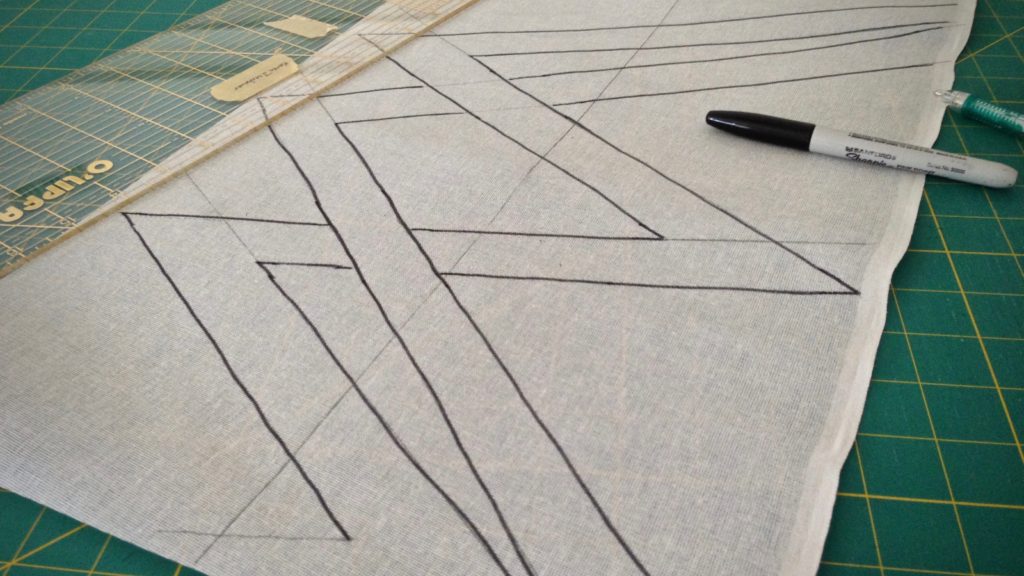This loom doesn’t get first priority. This sweet little loom is at our Texas hill country getaway. Usually there are several fixer-upper projects to be done around the place. But I’m glad the loom is there. It calls to me to come and sit down, to get absorbed in linen threads and colors. The loom is a resting place for me. A place where ideas take shape and new dreams begin.
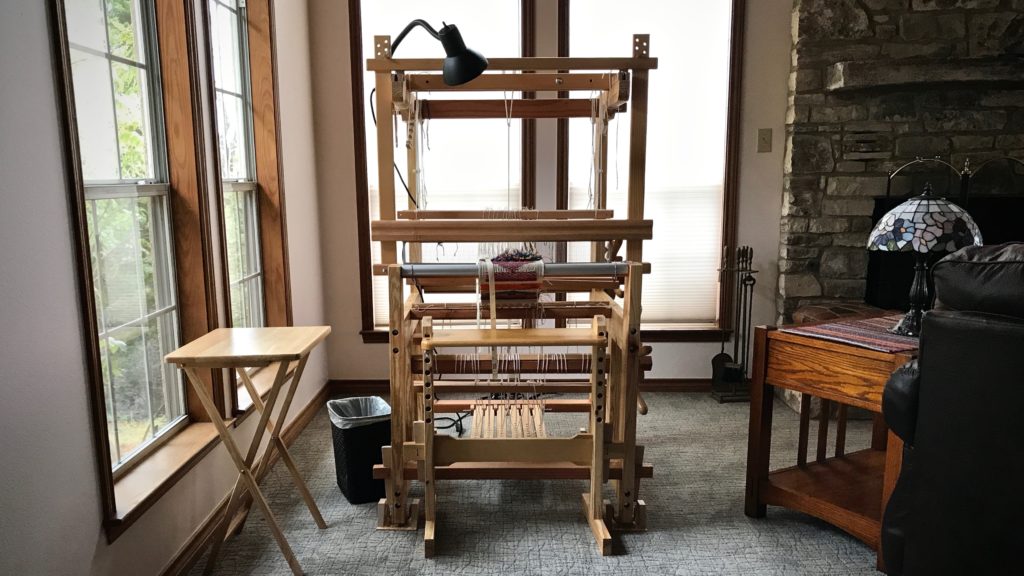
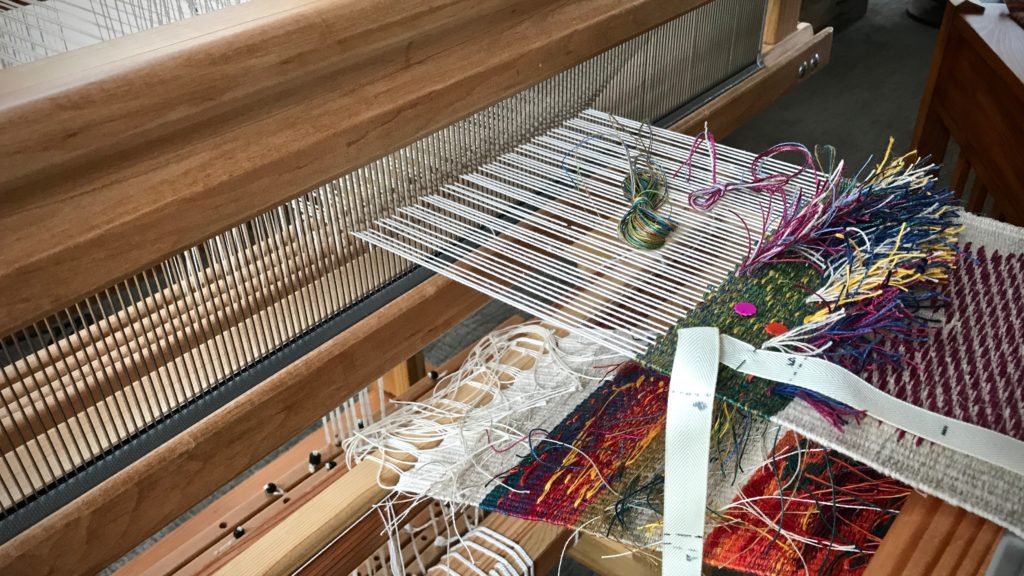
I’m at the rya section of this tapestry and inlay sampler. It is a fun exercise in creativity. The rya knots are tied using a continuous weft bundle. After a few rows are woven I clip the loops that are formed, and trim them down a little to shape the pile.
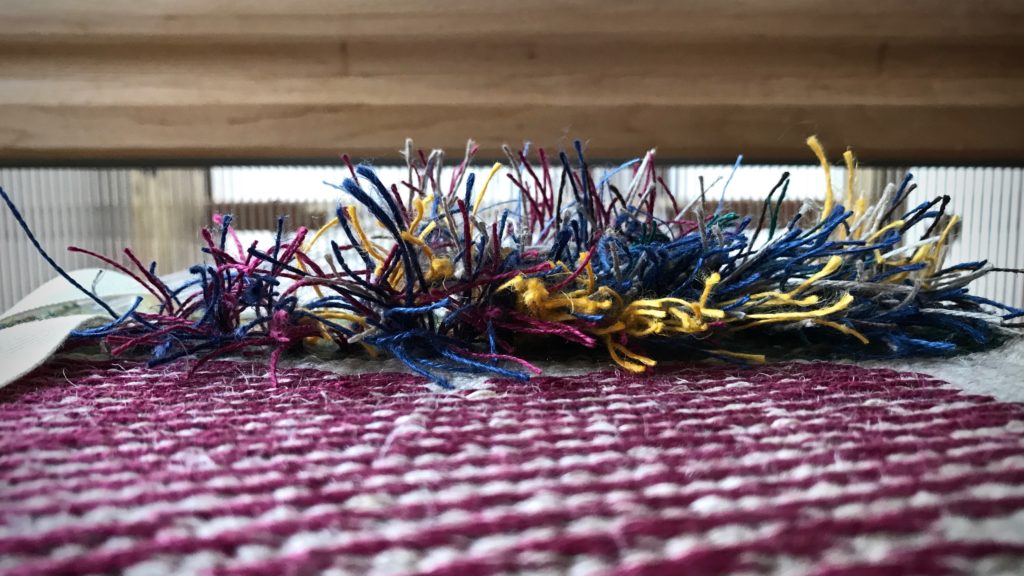
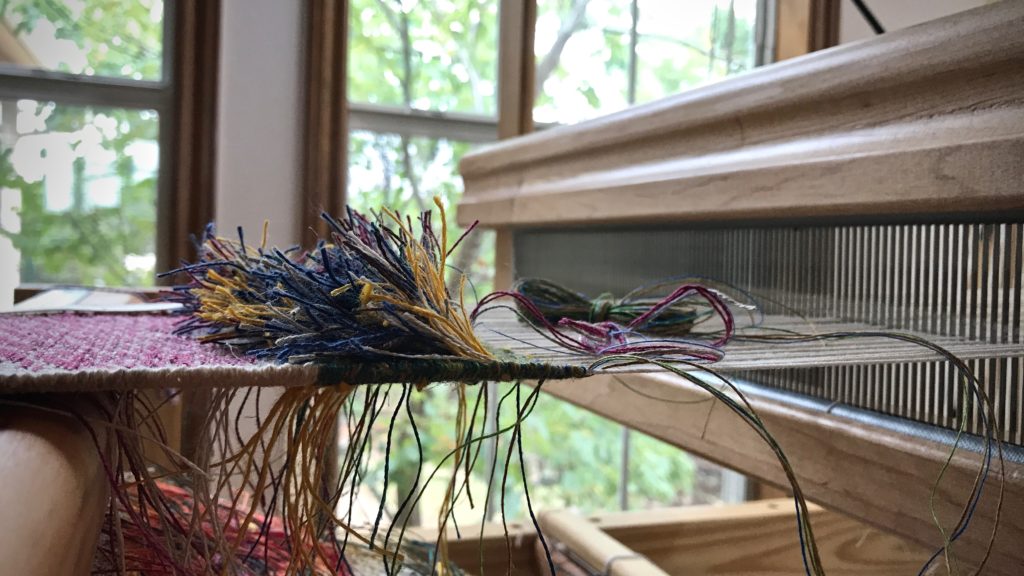
Make time for rest. We need periods of rest built into the rhythm of our lives. Intentional rest acknowledges our human limitations and inadequacy, which leads us to put our trust in the Lord. And that is where the best hopes and dreams get their start.
May you enjoy sweet rest.
With you,
Karen

